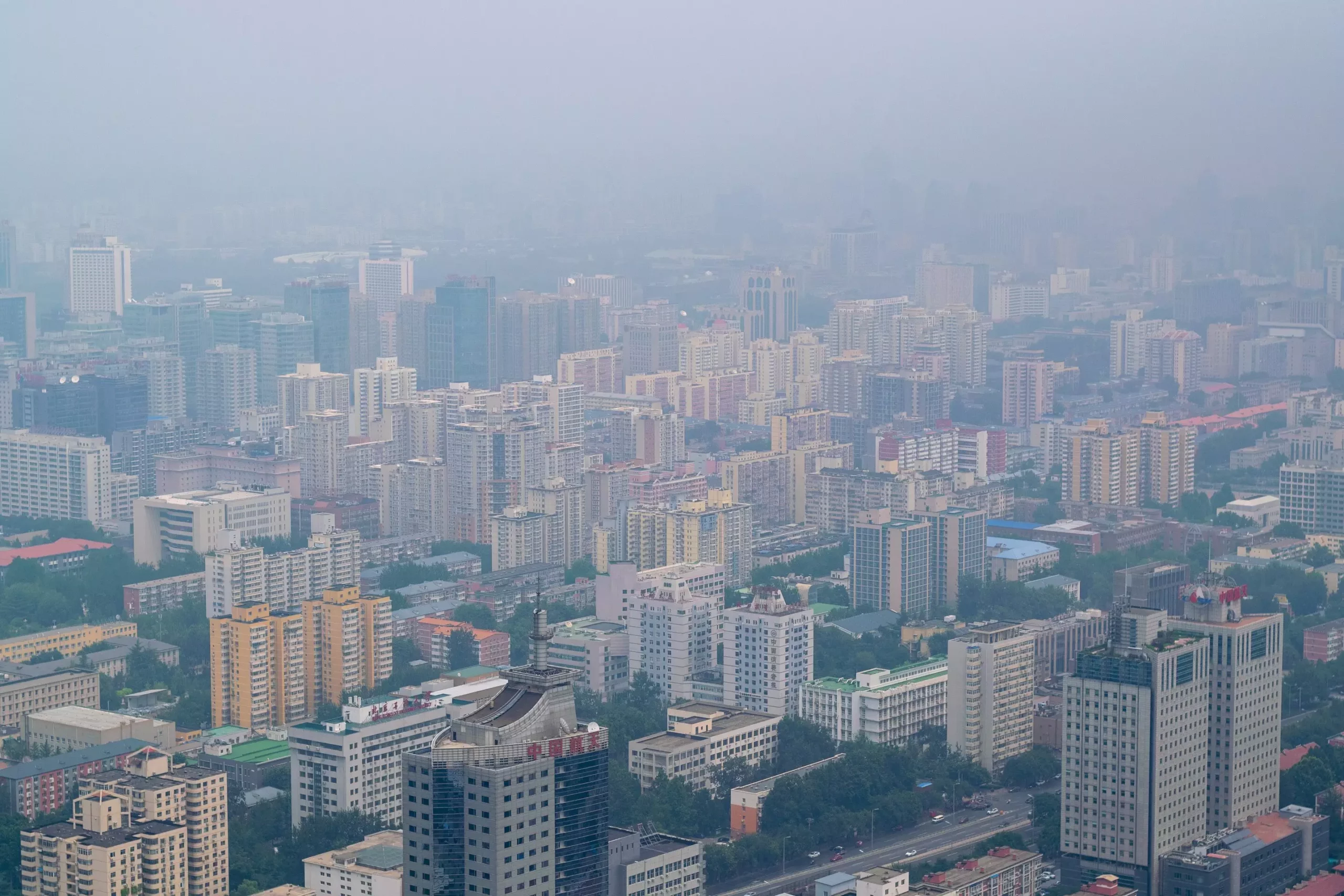A recent study conducted by researchers from the University of Birmingham, University College London, and Tsinghua University has shed light on a concerning trend among Chinese cities. The experts have pinpointed 240 cities that are benefiting from emission reductions driven by the carbon mitigation actions of other cities, while failing to put in significant efforts themselves. This revelation comes after analyzing data from 309 Chinese cities between 2012 to 2017, a crucial period marked by economic reform and industrial transformation.
The researchers constructed a city-level input-output model to evaluate carbon footprints and identified 78% of the cities as “outsourced beneficiaries,” relying on carbon mitigation efforts from upstream cities in the supply chain. Further categorizing these cities into “strong” and “weak” outsourced beneficiaries, the study reflects their unique development stages and industrial structures. Among the 240 cities, 65 were labeled as strong outsourced beneficiaries, where local carbon emissions continued to rise. On the other hand, 175 cities fell under the category of weak beneficiaries, indicating a heavier reliance on outsourced mitigation efforts compared to local initiatives.
Policy Implications
Dr. Heran Zheng, the corresponding author from University College London, emphasized the necessity of tailored government policies to address the disparities between cities. These policies are critical in ensuring a fair distribution of mitigation responsibilities. The distinction between “strong” and “weak” outsourced beneficiaries is attributed to the cities’ development stages and industrial compositions. Strong outsourced beneficiaries are typically industrialized cities with a focus on local economic growth, while weak beneficiaries are concentrated in high-tech and service-oriented industries, closely linked to upstream heavy-industry cities.
Co-author Dr. Yuli Shan, from the University of Birmingham, highlighted the evolving landscape of clean energy in China. Central and western cities abundant in wind and solar resources are emerging as clean energy hubs, meeting the rising demand from eastern high-tech cities. However, this dynamic can create an outsourced mitigation scenario where certain cities benefit from clean energy efforts without reciprocal contributions. To address this issue, cities categorized as strong outsourced beneficiaries should receive financial and technical assistance to transition from outdated production models. Conversely, weak beneficiaries in high-tech and service industries should prioritize investments in technological innovation to enhance industrial efficiency.
Toward Sustainable Solutions
The researchers underscore the need for targeted interventions that acknowledge the varying challenges and opportunities faced by different cities. As the fight against climate change intensifies, it is imperative to implement policies that empower cities to take ownership of their emission reductions. By fostering a collaborative approach and promoting innovation, cities can play a pivotal role in driving sustainable development and mitigating the impacts of climate change.


Leave a Reply